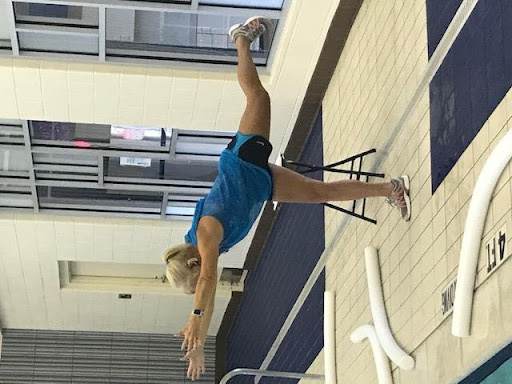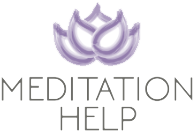
Guest article provided by: waterfitnesslessonsblog.com
Mindfulness is a state of active, open attention to the present. Mindfulness is an ability that we all naturally possess, but it is more readily available to us when we practice it. Certain forms of exercise, known as mind-body exercise, cultivate the practice of mindfulness. These include Yoga, Tai chi, Ai Chi, and Pilates. Mind-body exercise focuses on breath, precision, control, and concentration. A mind-body exerciser is never oblivious to the exercises they are performing, nor do they read, watch television or videos, or wear headphones. They are mindful. Other forms of exercise, while not qualifying as mind-body exercise, can benefit from practicing mindfulness.
Walking
Walking is a basic form of exercise available to almost everyone. Instead of just trying to get it over with while your mind wanders, try paying attention to what you are doing. How does the ground feel beneath your feet, what do you sense in different body joints, how are you breathing? If you are aiming for a brisk walk, pay attention to how your pace and breaths increase as you pick up the pace. Let your arms swing naturally. If you find your mind wandering, bring it back to focus on your body, without judging your lack of focus.
Mindfulness in the Gym
Strength training improves when your focus is on what you are doing in the weight room. Pay attention to your body alignment before you begin any exercise and concentrate on using good form throughout the set. Exhale when you lift the weight and inhale when you lower it. Mindful focus determines the number of muscle fibers that need to contract (more fibers = more force), as well as the speed of those contractions (Svondal 2009). Think about what muscle that specific exercise is training. Are you doing a chest press? Focus on how your pectorals contract as they push against the resistance. Are you doing squats? Feel the glutes and quads contract as you raise your body away from the floor. Are you wanting to emphasize eccentric muscle actions? Release the chest press slowly, keeping the pectorals contracted. Lower the body into the squat slowly, keeping the glutes and quads tight. How many repetitions will you do? Concentrate on each rep, avoiding jerky movements. Do not skip the rest between sets. Mindfulness improves your gym workout.
Water Exercise
Water exercise classes involve a number of participants, and sometimes friends take the class together, therefore there is the temptation to chat during the class. As with other forms of exercise, the benefits increase when participants perform the exercises with mindfulness. Movement in the water provides a different sensory experience from movement on land. Notice how the water feels against your skin, the resistance against different areas, and how it flows and ripples as you move. The water moves in response to your movement, which requires you to make an effort to maintain good posture. The ability to manipulate water effectively helps with stability and allows you to use the water’s resistance to increase intensity. You can perform a cross-country ski without thinking about it, or you can keep your body upright, engage your glutes as you move the legs backward to their full range of motion, swing the arms in opposition to the legs with the palms facing the direction of motion, and add force to create turbulence. Mindfulness improves your water exercise experience.
It is also possible to cultivate mindfulness by performing mind-body exercises, such as Yoga and Pilates, in the pool. The instructor in the photo is leading her class in a Yoga pose, Warrior III. Ai Chi is a form of mind-body exercise created especially for the pool. Sometimes the mind tends to wander, but when that happens, bring it back to focus on what you are doing. The more you practice, the easier it becomes to get greater benefits from your exercise session with mindfulness
.
Resource: Svondal, S. 2009. Cycling Anatomy. Champaign, IL: Human Kinetics.
Guest Blogger: Christine Alexander https://waterfitnesslessonsblog.com/
